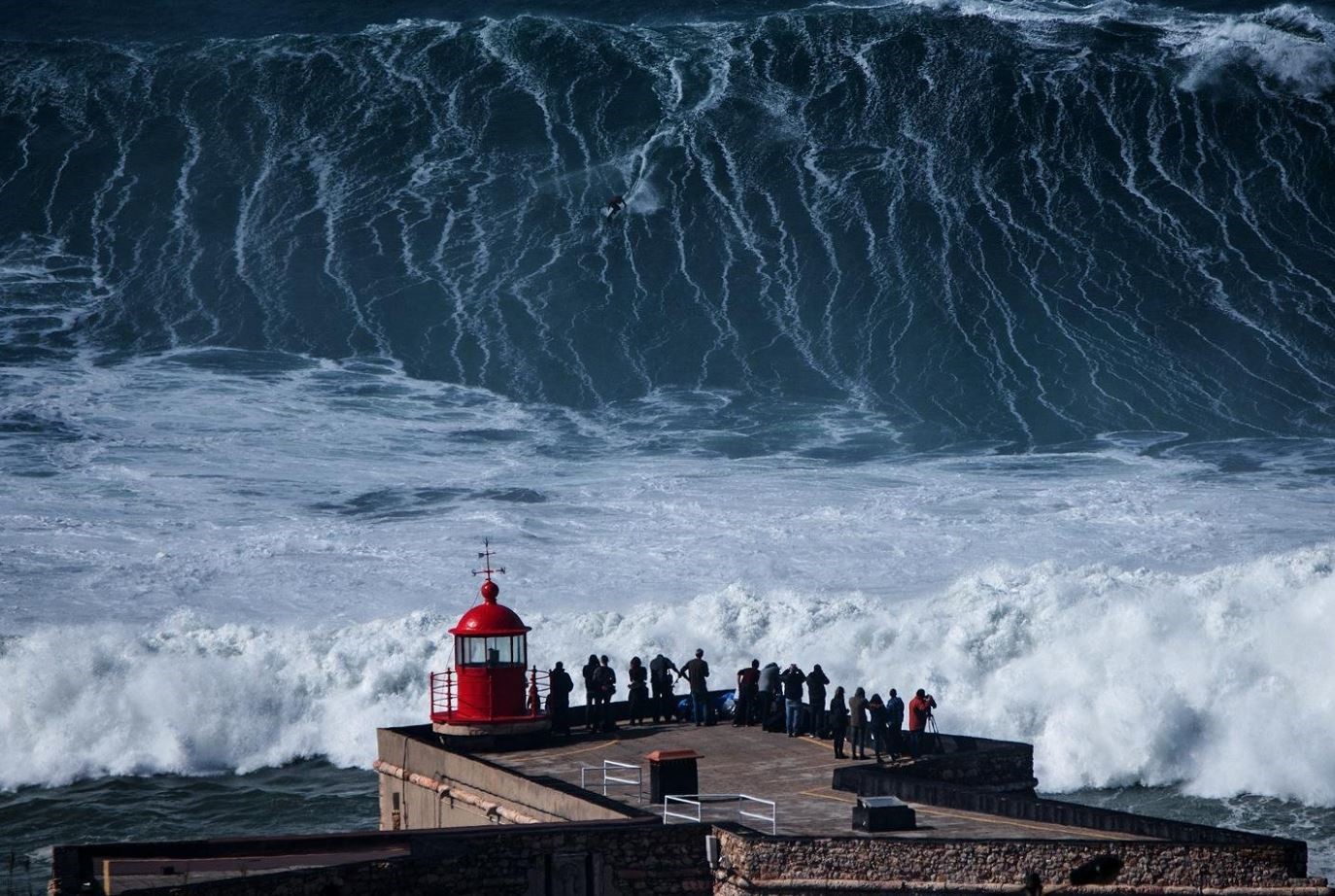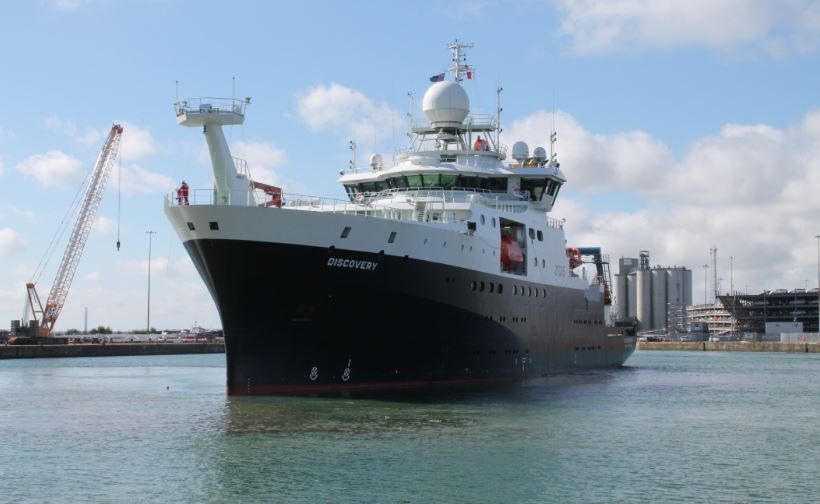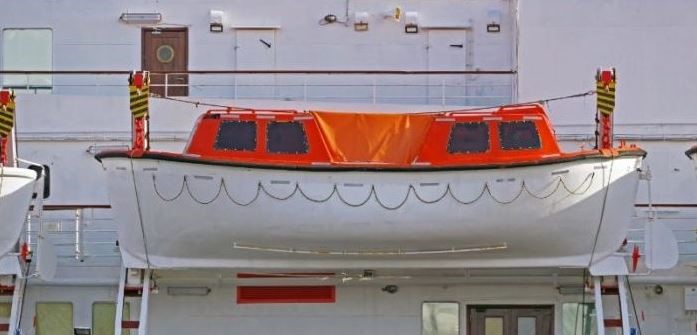Rogue Waves – Part III
For most seamen, it is hard to picture a wave the height of a 12-story building but they are out there and now there is hard evidence about their existence. Some ships such as ocean research vessels and weather ships are fitted with devices that can measure the height of the waves that pass the vessel so that this gives the hard evidence of storm waves. There are also buoys moored out in the oceans that can measure wave height and now we have satellites that can do the measuring, so the hard evidence is starting to accumulate. What I find interesting are the personal accounts of encountering these monster waves.
The weather ship Polar Front was stationed way off the coast of Norway when she recorded a 90-foot wave. The officer on watch, Jan Erik Taule takes up the story.
Scary Encounter
“It was shortly after midnight, 11th of November 2001, that our 54-meter long ship encountered a 27.2-meter wave in position N65 degrees 55΄ E002 degrees 03΄. For the last couple of days, the wind had been blowing steadily from the WSW with gale force. On the 10th of November the wind increased to storm force 10 and then on into hurricane force with a steady wind of 56 knots and gusts to 75 knots. At midnight 11th of November I released the captain at that time, Børge Misje, and got briefed about the weather conditions and especially the extreme height of the sea, which has raised to 18 to 22 meters. The ship log says at midnight - wind force 55 knots from W the west with snow and showery weather. In spite of the showery weather conditions, it was a kind of bright night due to the moonlight between the showers.”
“I was sitting in the chair, having my coffee, when suddenly I saw a heavy sea rising in front of the ship, some distance away, and knew that this would be a nasty one. It looked quite scary in the moonlight with a lot of foam on top of the wave. I switched from autopilot to manual steering and at the same time gave more engine power, trying to meet that monster dead ahead.”
“Luckily, I managed to do so, and the wave lifted the ship’s bow in an abnormal angle. I felt that the vessel might have a problem climbing the wave and gave full ahead forward on the engines. The vessel climbed slowly and suddenly the air was filled with a roaring noise and the air was nothing else than foam all around us. The ship shook and vibrated a lot when the propeller lost the water at the top of the wave. I myself was standing on my feet and grabbed my hands around the steering wheel, afraid of falling.”
“‘Damn it’ was the only thing I could say when the ship was over the top and started falling down the other side of the wave. I felt myself hanging in the air and could hardly stand on my feet when the ship bow crashed into the next wall of water. The force of gravity was unlike anything I ever felt before.”
“The seawater smashed to the front of the vessel and found the way into the accommodations through different air outlets. There was no damage to the vessel itself, but in cabins, galley, and other areas, furniture and loose parts were in a mess.
The crew itself took the incident calmly - just another nasty bastard. That’s all there is to say about it. Laying out here in the middle of the track from Atlantic lows it’s a rough job, but a man gets used to whatever comes.”
Similar Situation
This 90-footer was measured by a wave height recorder on board the Polar Front and a similar device was fitted to the research ship Discovery when she encountered the first 100-foot wave ever recorded from a ship. Dr. Penny Holliday, a scientist, was on board at the time and recounts the experience.
“I wasn’t asleep - no chance of that when your bunk appears to be trying to throw you out of it. I was trying to stay wedged into it, with my lifejacket stuffed under one edge of my mattress, and feet jammed against the wooden sides at the bottom. But there was no sleep. It was very noisy as you can imagine. As well as the sound of wind, and the sea crashing onto the side of the ship and swishing down the decks, I could hear general banging and crashing all around. The ship creaks and groans and as it flexes the fittings, making a kind of he-he-he noise which in the middle-of-the-night-paranoia sounds like your wardrobe is laughing at you!”
“At some point the chair in my cabin flew across from its position under the desk (where I thought I had carefully wedged it tight), bounced on the floor and jumped on top of me. So, some of the time I was trying to sleep, and some of the time I was just lying awake, hoping things would improve. Normally on a no-work-bad-weather-night I might wander up to the bridge to chat to whoever was on watch, but with the master, the chief engineer, two lookouts and the usual bridge officers up there, we scientists could tell that it wasn’t a time for a social visit.”
Severe Storm. “I couldn’t honestly say I felt the biggest wave and knew what had happened, but during that night we had 23 waves that were over 20 meters, and I certainly could tell that this was no ordinary storm. I've been through some very bad weather several times before in the Rockall Trough and in the Iceland Basin - my worst previous being in 1996 when we had significant wave heights of about 13 meters south of Iceland. But the violence of the motion and the obvious very deep concern of the captain, engineers and bridge officers was something I certainly hadn’t known before.”
“A particularly alarming event happened the night after the biggest waves, when the storm was still raging but the waves had decreased a little. During the night, the starboard lifeboat came loose after a roll of about 35 degrees and was banging against the side of the ship. The noise of each bang was tremendous - somehow made worse by it being about 4 a.m.”
“Some extremely brave crew were dispatched to secure it until daylight and calmer seas. In many ways, this was the most frightening thing for me to see - the bosun and ABs having to go out into that weather to do a very dangerous job. I think that was when the seriousness of our situation was brought home to me. Wanting to keep out of the way, I stayed in my bunk, listening as the men with harnesses and equipment clinking, opened the watertight doors outside my cabin. I think I held my breath for most of the time they were out there. But they did the job and came back.”
The Discovery was operating in the Rockall Trench, an area of deep water that lies between Iceland and the Shetland Isles in the northeast Atlantic. On the night in question the weather map showed the isobars lying west to east almost right across the Atlantic in a straight line. This created a fetch of over 1,000 miles for the waves to develop and the wave recordings were showing consistent waves of over 60 feet with the winds blowing at around 50 knots.
These are bad but not extreme conditions, but the crew of the ship reported that they were experiencing violent seas. The huge 100-foot waves are thought to have developed ahead of an active front that was traversing the area and the theory is that the extreme waves measured were created by resonance from this frontal system focusing and boosting the energy of the waves to create the monsters that were measured.



